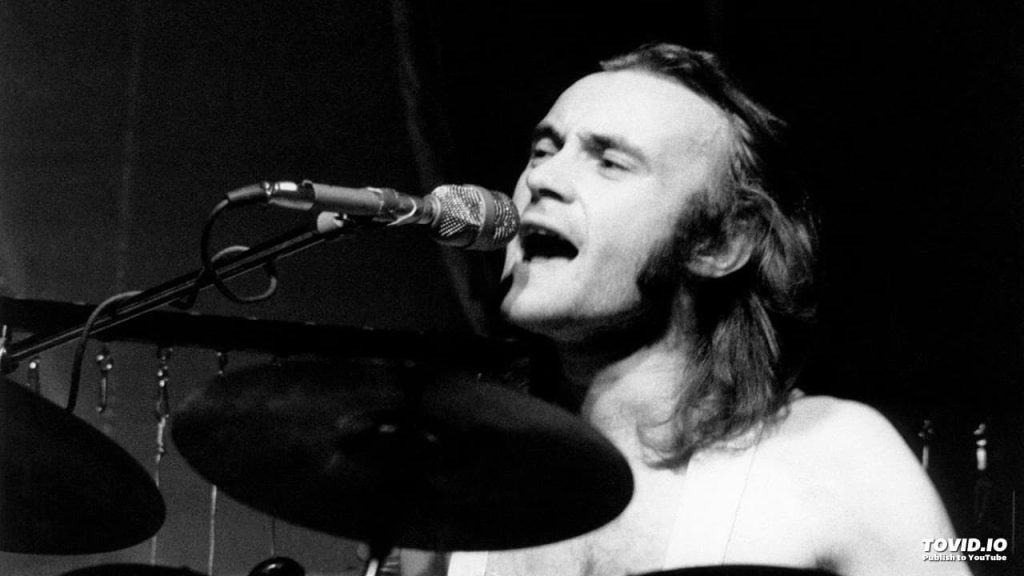
A Plea for Reconciliation and a Second Chance at Love.
The year was 1985. Big hair, synthesizers, and the rise of MTV dominated the airwaves. Amidst this vibrant backdrop, Phil Collins, already a prominent figure both as the frontman of Genesis and a successful solo artist, released “One More Night,” a ballad that would resonate deeply with audiences worldwide. This poignant track, taken from his second solo album, “No Jacket Required,” quickly climbed the charts, reaching number one on the Billboard Hot 100 in the United States and peaking at number four in the UK Singles Chart. It solidified Collins’ status as a pop icon and cemented his place in music history.
“One More Night” isn’t simply a love song; it’s a heartfelt plea for reconciliation, a desperate yearning for a lost connection. The lyrics paint a vivid picture of a man grappling with the pain of separation, desperately hoping for one more chance to rekindle a fading flame. Lines like “I sit here waiting, hoping that you’ll walk through the door” and “I know I said that I don’t care, I hope those words will disappear” convey a raw vulnerability, a stark honesty that resonated with listeners who had experienced similar heartbreak. It’s a universal theme of longing and regret, presented with an emotional intensity that only Collins’ distinctive vocals could deliver.
The song’s genesis is quite interesting. Unlike many of Collins’ other compositions, which often began on the drums or piano, “One More Night” originated from a simple chord sequence he played on a Roland Juno-60 synthesizer. This seemingly small detail contributed significantly to the song’s atmosphere, creating a lush, melancholic soundscape that perfectly complements the lyrics’ emotional weight. The gentle piano chords, the subtle synth pads, and the understated drum programming all work together to create an intimate and reflective mood. It’s a sonic tapestry that invites the listener to delve into the singer’s inner turmoil.
The music video, directed by Jim Yukich, further enhanced the song’s impact. It features Collins performing the song in a dimly lit, smoky room, interspersed with scenes of a couple arguing and eventually reconciling. The video’s simplicity and focus on Collins’ performance allowed the song’s emotional core to shine through, further connecting with viewers on a personal level. It was the era of music television, and videos like this were crucial in amplifying a song’s reach and impact.
Beyond its chart success and captivating visuals, “One More Night” holds a deeper significance. It speaks to the universal human experience of love, loss, and the enduring hope for redemption. It’s a song that understands the complexities of relationships, the mistakes we make, and the desire for a second chance. It’s a song that reminds us that even in the face of heartbreak, the possibility of reconciliation always lingers. For many, especially those who were navigating the complexities of relationships in the 80s, “One More Night” became an anthem of longing, a soundtrack to their own personal stories of love and loss. It’s a testament to Collins’ songwriting prowess and his ability to tap into the deepest emotions of the human heart. The song’s enduring appeal lies in its timeless message of hope and the enduring power of love. Even today, decades later, “One More Night” continues to resonate with listeners, reminding us of the enduring power of music to capture the essence of the human experience. It is a true classic.